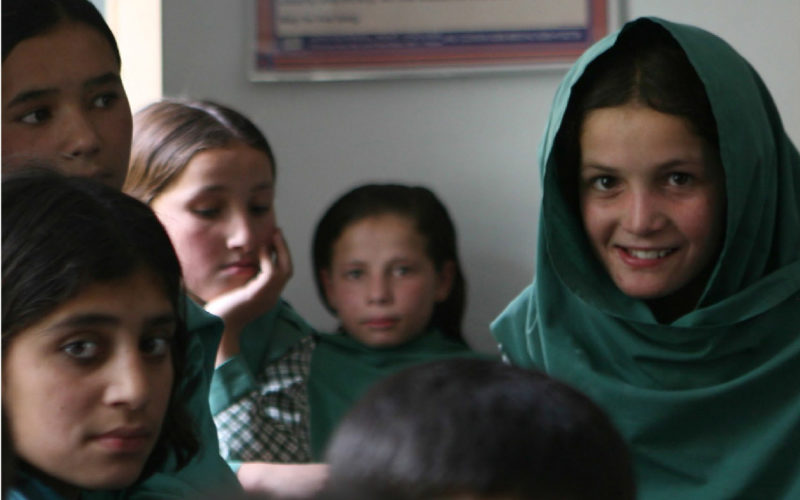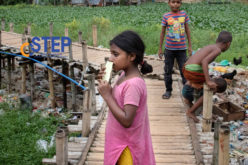This research paper, commissioned as part of the series ‘Starting Strong: the first 1000 days of the SDGs’, identifies key actions toward addressing the unfinished business of the MDGs and how to reach those who are furthest behind in relation to the new SDGs
 The Sustainable Development Goals (SDGs) address the importance of developing the skills of the labour force and the required reform of labour markets for poverty reduction. SDG 8 aims to ‘promote sustained, inclusive and sustainable economic growth, full and productive employment and decent work for all’. The corresponding targets aim to achieve and sustain a decent per capita economic growth and productivity in developing economies. In order to achieve this, market and competition reforms will be required to unlock creativity, innovation and entrepreneurship. Goal 8’s focus is also on reducing youth unemployment. This is particularly important in South Asia, where one-fifth of the population are 15- to 24-year-olds; young adults continue to account for half of the unemployed; and young people are six times more likely than older workers to be jobless (World Bank, 2016). Among young people, women in particular are being left behind due to: constraints on their geographic and occupational mobility, access to education and training, and discriminatory cultural norms (Hunt and Samman, 2016).
The Sustainable Development Goals (SDGs) address the importance of developing the skills of the labour force and the required reform of labour markets for poverty reduction. SDG 8 aims to ‘promote sustained, inclusive and sustainable economic growth, full and productive employment and decent work for all’. The corresponding targets aim to achieve and sustain a decent per capita economic growth and productivity in developing economies. In order to achieve this, market and competition reforms will be required to unlock creativity, innovation and entrepreneurship. Goal 8’s focus is also on reducing youth unemployment. This is particularly important in South Asia, where one-fifth of the population are 15- to 24-year-olds; young adults continue to account for half of the unemployed; and young people are six times more likely than older workers to be jobless (World Bank, 2016). Among young people, women in particular are being left behind due to: constraints on their geographic and occupational mobility, access to education and training, and discriminatory cultural norms (Hunt and Samman, 2016).
Based on this, and in light of the ongoing discourse on possible institutional arrangements for SDGs, this review paper discusses constraints to youth employment in South Asia and priority actions needed to accelerate progress on Goal 8. In particular, we focus on: youth employment, implementation and policy interventions to achieve priority actions, and the possibility of sharing regional experiences on mobilising youth.
Our key policy recommendations start with an initial country-wide assessment to identify those segments of society that are left behind and that need timely intervention from a social safety net as well as youth engagement programmes. We also recommend setting up a national high-level advisory group to devise national strategies for youth employment and a monitoring framework to support policy implementation. Further, we advise: revisiting taxes and regulations that may limit youth-led start-ups and established businesses’ capacity to invest in developing workforce skills; initiating a large-scale seed-grant programme designed by local-level civil society organisations; and localised vocational training programmes, aimed at youth in the informal sector. Finally, sub-national governments will need to ground youth employment programmes in the overall framework of youth engagement through community service and youth advisory services. They should also use fiscal measures to encourage public secondary schools, colleges and universities to open their technical and vocational training subsidiaries for working youth. The findings of this study would help policy makers across South Asia to align national and local youth development plans, focus on long-term labour market interventions and rational spending on youth development programmes. Not only this, these findings would also be relevant to the private sector, being the largest employer of the youth, for building capacities of the employed labour force and to explore the opportunities for public-private partnerships for promoting youth employment in South Asia.
Download
1,332 total views, 1 views today







